Wireless optical system offers one gigabit per second transmission
By Paul Ridden
19:31 January 28, 2010 PST

The Wi-Fi connection in the HUB-Robeson Center at Penn State being used by students. Research indicates that networks in the future could use lighting systems to help transmit data (Images: Penn State)
Image Gallery (3 images)Sending and receiving data over a wireless network is generally undertaken via radio waves. But that's not the only method. Using the optical spectrum offers the advantage of better security and blisteringly fast transfer rates to boot. Engineers from Pennsylvania State University have now succeeded in moving data outside the usual line of sight restrictions at speeds of over one gigabit per second, more than double that achieved by Siemens recently.
The Pennsylvania State University engineers have developed a system where a high-powered laser diode transmits data by converting electricity into infrared light, which then bounces off any walls and surfaces before being received by an avalanche photo diode, where it's converted back into electricity and translated into usable data.
Engineering graduate Jarir Fadlullah said when presenting the findings of the research to the SPIE Phonotics West Conference in San Francisco recently: "Unless the walls are painted solid black, there is no need to worry about transmission within a room. The optical system we have offers a very large bandwidth thus a very high speed." So just what sort of high speed are the researchers talking about?
"We can send one gigabit per second or more over a gigahertz band," said Fadlullah. That's at least twice as fast as the record Siemens recently squashed using white LED light. The Penn State research, which was supported by the National Science Foundation, is believed to be the first where line of sight is not a requirement for blisteringly fast wireless data transfer.
Using the optical spectrum in an enclosed, windowless room will ensure that any transmitted signals do not escape and cannot be intercepted. Other similarly isolated rooms can use the same frequency without chance of interference but a multiple sensor setup could see speedy data transfer between rooms and between floors should it be required.
Wireless transfer using light offers much more than obvious speed benefits over poor old pedestrian radio waves. The optical system suffers none of the problems associated with polluted frequency bands nor the potential security risks presented as radio waves pass through certain materials. There are also certain locations where the use of radio frequencies is ill-advised, such as hospitals and installations containing navigation equipment. Light does not suffer from such restrictions.
Another possible application of the technology could be the "wireless projection of high definition television. Currently, two high definition broadcasts exceed the bandwidth of any radio system, but with a 1.6 gigabit per second gigabit system, two HD channels could be broadcast," according to professor fo electrical engineering Mohshen Kavehrad.
The researchers are currently looking at using the ultraviolet and visible light spectrums as well as the infrared used so far, but also believe that light emitting diode room lighting could be used in the system to provide environmentally-friendly blanket communication networks in the future.
Or Login with Facebook:

Related Articles
Just enter your friends and your email address into the form below ...
Privacy is safe with us because we have a strict privacy policy.








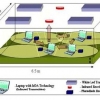
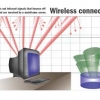

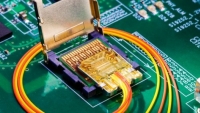
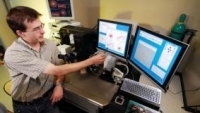

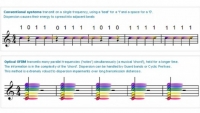





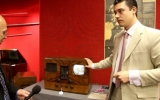

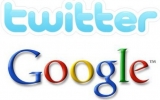
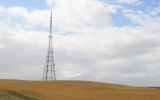
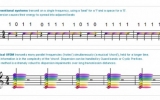
 Hayden
Lee - January 29, 2010 @ 05:09 UTC
Hayden
Lee - January 29, 2010 @ 05:09 UTC
I remember thinking (when I was roller stating) that something similar to a strobe light could transmit data... years later we get fiber optics... now a glorified strobelight.
dariusvons
- January 28, 2010 @ 10:01 pm CST